
Let’s face the facts, we LOVE to buy clothes. For Americans clothing consumption has doubled since the 2000s.
Between sweater weather and shorts season, our closets tend to fill up. Online shopping has made it easier to find trendy and affordable clothes at the click of a button.
Luckily, as our consumption has increased, so has our interest in being better consumers. A study published in Forbes Magazine found that 87% of Americans surveyed said they would be interested in buying products with social and environmental benefits if given the chance. Across the board, shoppers are looking for companies to do more to protect the world we live in.
Enter: sustainable fashion.
What is sustainable fashion and why is it important?
At its core sustainable fashion is clothing and shoes that are better for people and the planet. That means fair wages for clothing makers and more environmentally friendly manufacturing.
The reason this is so important is because it’s far from the norm today. Sustainable fashion is a radical approach representing a minority of fashion overall, and it’s a direct response to the norm: unsustainable fashion.
The epitome of unsustainable fashion is fast fashion. And many of us may not realize that the problem starts with the clothes on our backs.
The Problem: Fast Fashion

Fast Fashion strives to make trendy clothes as quickly and cheaply as possible. While shoppers may enjoy the wide selection of inexpensive items that are churned out almost weekly, there’s a whole lot of hidden costs beneath that $4.99 price tag.
Take your average t-shirt. Perhaps the shirt is 100% cotton. It’s natural, how bad can it be?
Textile Fibers & Their Water Footprint
As a matter-of-fact, conventional cotton has its problems. Compared to organic cotton, conventional cotton has higher global warming impact, is worse for the health and safety of farmers, and creates 5x as much water pollution.
To protect conventional cotton crops, farmers cover the plants in toxic insecticides. The cotton industry accounts for 16% of the world’s pesticide consumption.
With all the resources required to produce conventional cotton, it’s no wonder many fast-fashion retailers have embraced cheaper synthetic fabrics. It’s more likely than not that our t-shirt is a blend of cotton and a synthetic fabric like polyester. It may use less water but synthetic fabrics are derived from harmful fossil fuels. According to Forbes, nearly 70 million barrels of oil are needed each year to satisfy fast fashion’s demand for this harmful material.
Textile Waste
The damage doesn’t stop with production. One of the biggest issues with cheaply made clothes is that they’re…well, cheap. Fast fashion products are meant to be poorly made so you have to replace them in a few months.
According to Newsweek, Americans throw away an average of 80 pounds of clothing every year. This is where materials become a real issue. While cotton is natural and will decompose fairly quickly, polyester won’t. It can take up to 200 years for polyester to fully decompose.
Want to see a more in-depth explanation of fast fashion’s environmental impacts? Check out this video:
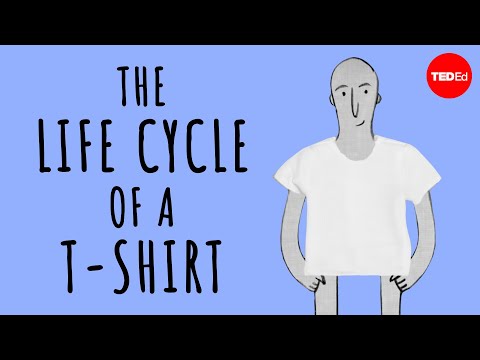
The collateral damage of fast fashion is already filling our landfills and our oceans, but it doesn’t stop with the environment. This cost-cutting production method also has a staggering human impact.
Harm to Garment Workers
Garment workers in Bangladesh, one of the world’s largest clothing manufacturers, make an average of $96 per month. That’s 3.5 times less than what their government wage board deemed necessary for “a decent life with basic facilities.”
Fast fashion companies can sell a t-shirt for $5.99 because they didn’t pay the person who made it enough to put food on their table. The increase in demand for production that comes with the fast fashion model has resulted in huge demand for garment workers. The U.S. Department of Labor found that in at least nine countries this demand was being satisfied by forced child labor.
Fast fashion has become profitable by abusing its workers at every level of production. So what can be done about it?
The Solution: Conscious Fashion
Stopping fast fashion doesn’t mean we have to give up buying clothes; we simply need to be better buyers. The sustainable fashion movement focuses on creating products that are ethically made and environmentally friendly. When trying to figure out if a brand is sustainable it’s good to ask these two questions: Is it good for its workers? Is it good for the planet?
When shopping sustainably, you want to buy from companies that ensure living wages for all workers. Companies should guarantee they don’t rely on child labor or slave labor. It’s also a good idea to see if this company has a fair-trade certification, or something comparable, to help ensure workers are being protected.
As to the environmental impacts, look for brands that use sustainable fabrics and manufacturing methods. When it comes to sustainable shopping, it’s about quality, not quantity. Well made items will give you a better bang for your buck and are much less likely to end up in a landfill after a few wears.
What About Greenwashing?
A big thing to look out for when shopping sustainably is greenwashing. Greenwashing is a term to describe when a company attempts to appear more sustainable than they actually are, in an effort to influence you to buy from them.
Transparency is a great way to hold companies accountable. If they’re plastering their ads with eco-friendly buzzwords but don’t want to tell you how their jackets are made, it’s time to look somewhere else. As a rule of thumb, if a pair of shorts cost less than your morning cup of coffee, there’s no way they were sustainably made.

Check out our guide to greenwashing to learn how to spot it and for 5 examples of greenwashing in practice.
What Makes Sustainable Fashion Sustainable?
When we say sustainable we really mean it. That’s why we thoroughly research every brand with our sustainable brand criteria.
Our research is based on three pillars: transparency, fair labor, and sustainably made. Only the most sustainable fashion brands earn our Certification.
Fashion Sustainability Certifications
One way to determine brands are truly sustainable is certifications, and none are more thorough than our holistic certification that looks at both people and planet.
Our brands are transparent about where the clothes are made, sometimes even by who, they pay clothing makers living wages, and they use more sustainable fabrics. They also manufacture more sustainably, use sustainable packaging, have circularity programs, and a whole lot more.
To learn more about fashion certifications see our guide.
What are the types of sustainable fashion?
You may be wondering: is sustainable fashion only buying new? Is it only thrifting? Or is it renting clothes?
The truth is that sustainable fashion is all of this, and more. Sustainable fashion is many things, including buying less and taking care of what you already own.
Check out our video for more on what sustainable fashion entails, and the multitude of approaches.
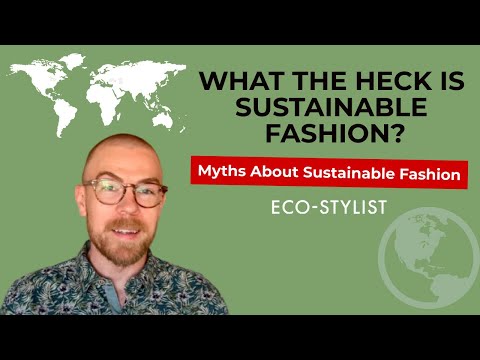
6 Sustainable Fashion Facts
- People are buying 60% more clothes than in 2000, but each item is only kept half as long.
- Out of billions of clothes that are made each year, over 50% are thrown away.
- 60% of clothes are made from synthetic fabrics, which are made from fossil fuels.
- Of the millions of clothing makers worldwide, only around 2% earn a living wage.
- Participating in sustainable fashion is free (it starts with buying less and taking care of your clothes).
- It’s easy to shop and support sustainable fashion (check out our website)!
What are the benefits of sustainable fashion?
1. Positive environmental and social impact
Sustainable fashion seeks to reduce the environmental and social impact of clothing production by using materials that are renewable and sustainable, reducing energy use, minimizing waste and pollution, and ensuring fair working conditions for workers.
When you support ethical brands you vote with your wallet for the kind of future you want to live in.
2. Inspiration for better quality of life

Sustainable fashion improves quality of life by promoting a healthier and more sustainable lifestyle. It encourages consumers to be more aware of their environmental impact, leading them to make better choices about the products they buy and the way they live their lives.
Sustainable fashion also promotes education about climate change, helping people understand how their actions can help reduce its effects. Furthermore, it offers tips on how to live more sustainably through changes in fashion and lifestyle choices such as shopping locally or using fewer resources at home.
Ultimately, sustainable fashion helps create a better world for future generations by reducing our reliance on fossil fuels and other non-renewable resources while also improving our overall health and wellbeing now.
3. Reduced resource consumption
Sustainable fashion reduces resource consumption by minimizing textile waste when manufacturing products, setting absolute targets to reduce greenhouse gas emissions generated from operations and supply chain, and using more efficient technologies to regulate energy and water consumption.
4. Financial savings
Sustainable fashion can help you save money by buying a lot less clothes and owning those clothes for longer. Sometimes sustainable fashion is perceived as expensive because the price of an individual item is more than the price of a fast fashion item.
But if you’re buying less clothes, the clothes last you longer, and you commit to those clothes, you can actually save a lot of money in the long run. Additionally, buying second-hand items helps keep resources out of landfills while also saving you money.
Check out our guide to affordable sustainable fashion for more ideas.
5. Increased durability of clothing
Sustainable fashion promotes products that are made with high-quality materials and built to last. By supporting brands that are dedicated to sustainability, consumers can get products that last longer for them, and consequently have a smaller environmental footprint.
6. Improved health and safety
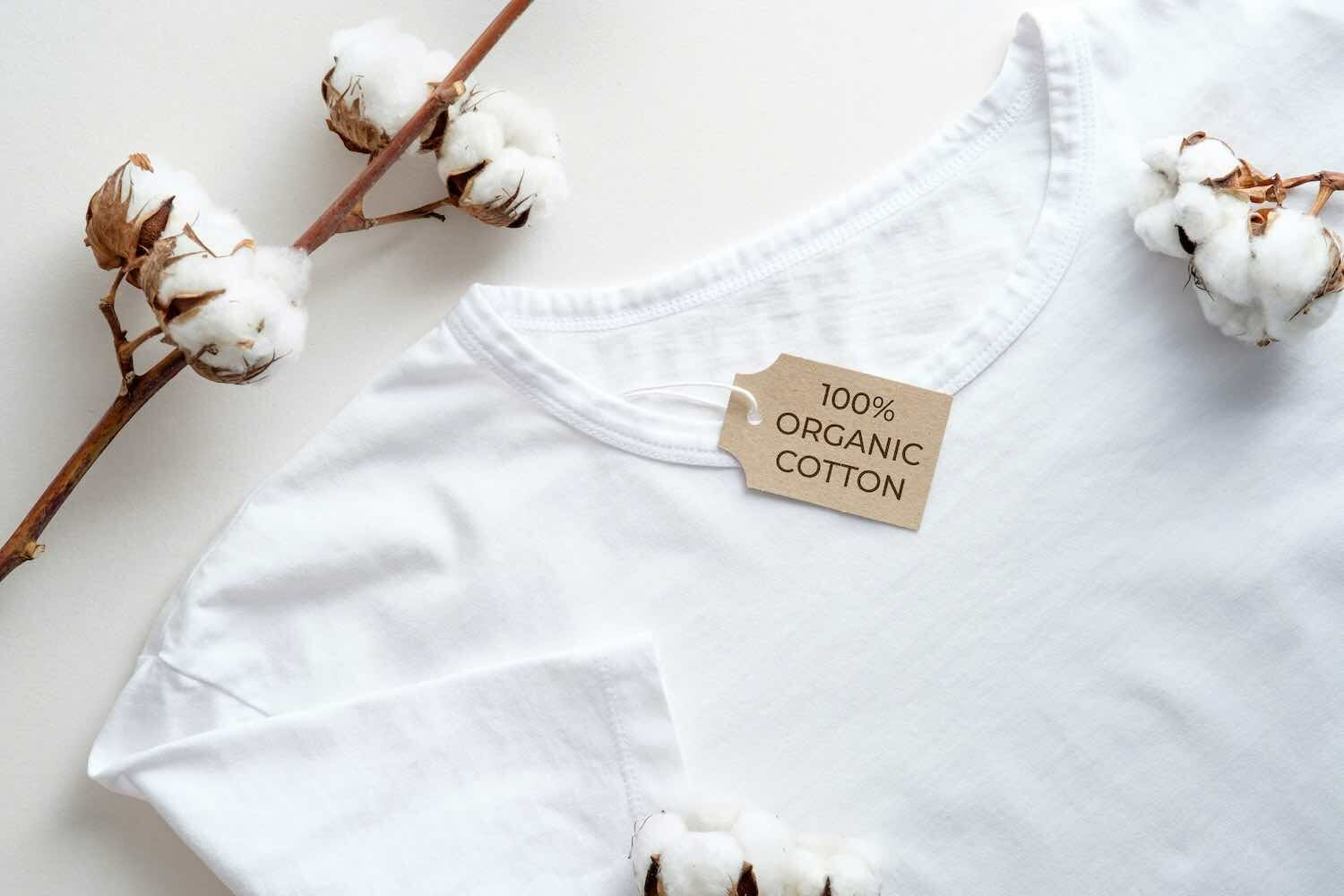
Sustainable fashion increases safety and quality of products by ensuring that the raw materials used are free from harmful chemicals and pollutants, as well as ensuring that production processes follow strict environmental standards. This ensures that the end product is safe for consumers to use, with minimal risk of adverse health effects or contamination.
7. Forward thinking with circularity
Many sustainable fashion brands invest in circularity, meaning ways to keep a product in use and out of the landfill. Prominent examples of Eco-Stylist certified brands that are circular include Thousand Fell and For Days.
Thousand Fell sneakers are designed to be sent back and recycled after they wear out. For Days clothes are all designed to be upcycled, meaning when you’re done with them you can send them back and they’ll turn them into new clothes.
So How Do I Build a Sustainable Wardrobe?
Eco-Stylist! With consumers becoming increasingly interested in sustainable shopping, it can be difficult to sift through which products are sustainable and which are just pretending to be. That’s where Eco-Stylist comes in.
We thoroughly research every brand we promote to ensure they’re eco-friendly and fair to workers.
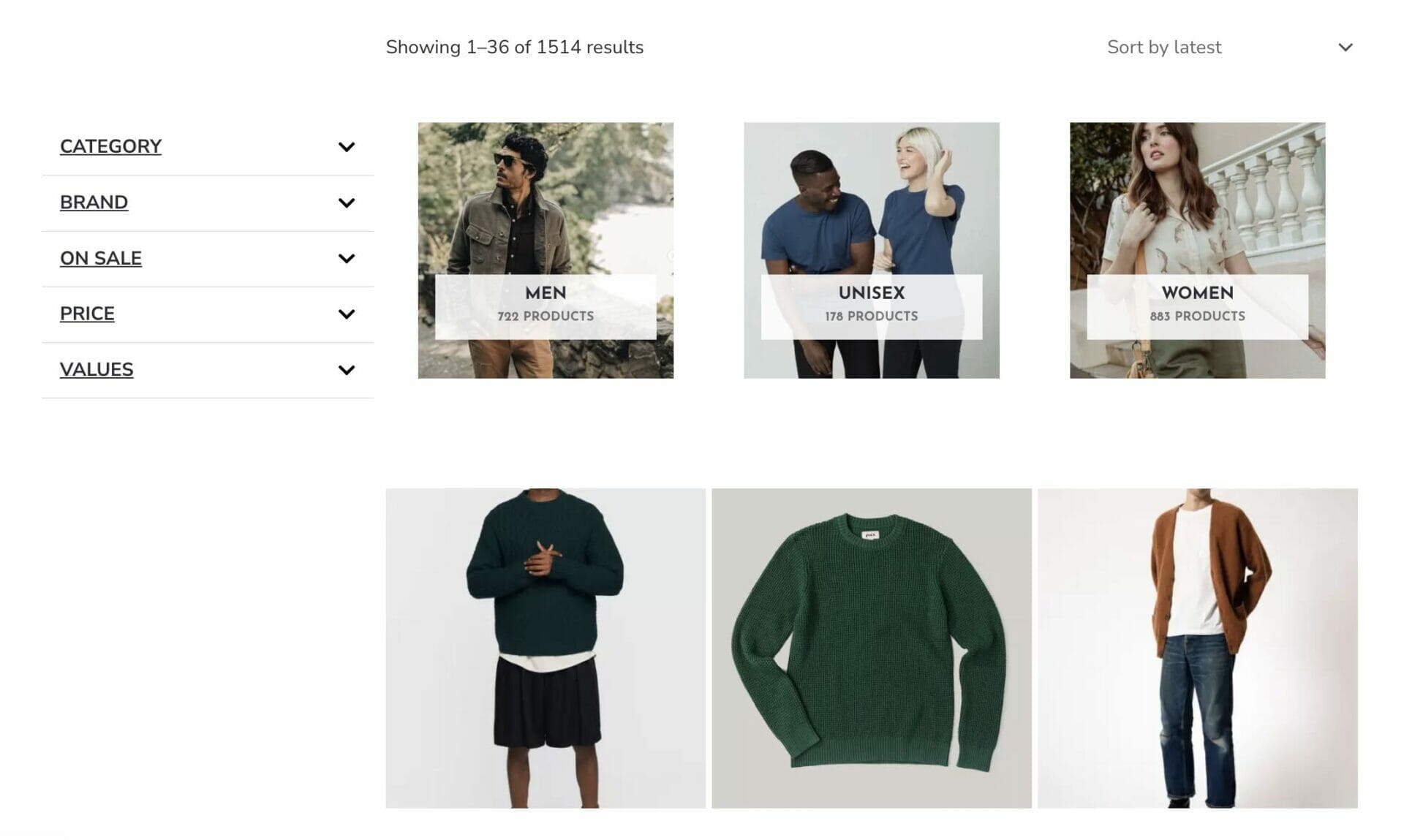
Where to Shop Sustainable Fashion Clothing
Eco-Stylist‘s curated shop features over 1,200 options for sustainable men’s, women’s and unisex clothes and shoes.
Where to Find Eco Fashion and Vegan Fashion Brands
Our ethical brand guide has over 90 certified sustainable fashion brands.
Looking for vegan brands? Just use the vegan filter. You can also filter to find brands that are BIPOC owned, women owned, brands with kids clothes, and more.
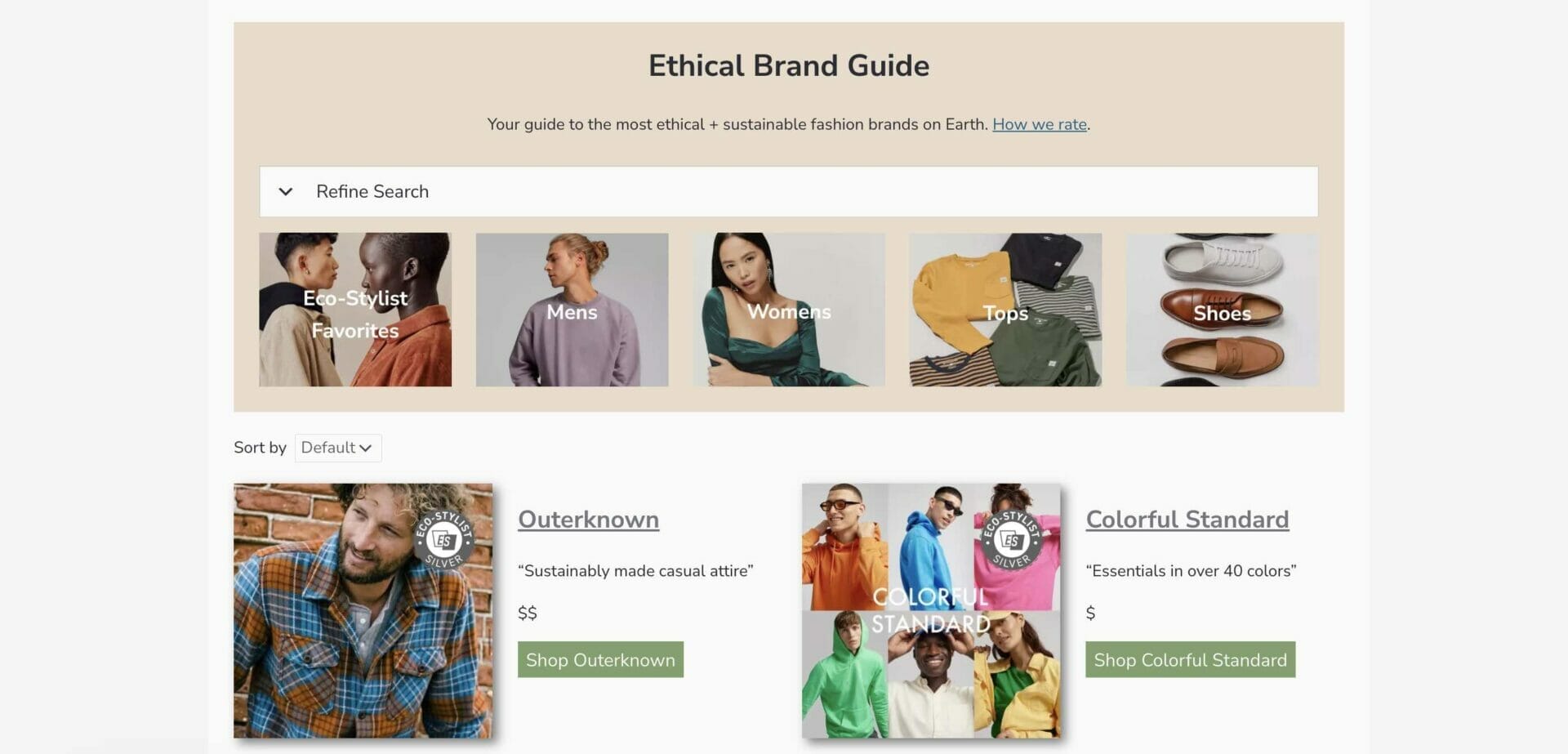
At the end of the day, your wallets can be your loudest voice. Supporting sustainable brands can help reverse the tide of fast fashion, creating a more ethical, green, and stylish world for us all.
*Article revised and updated 12/27/22.

Lily Rosen Marvin studies English and Creative Writing at the University of Iowa. When she’s not writing about sustainable fashion, Lily can be found hiking, reading outside, or binge-watching 30 Rock.
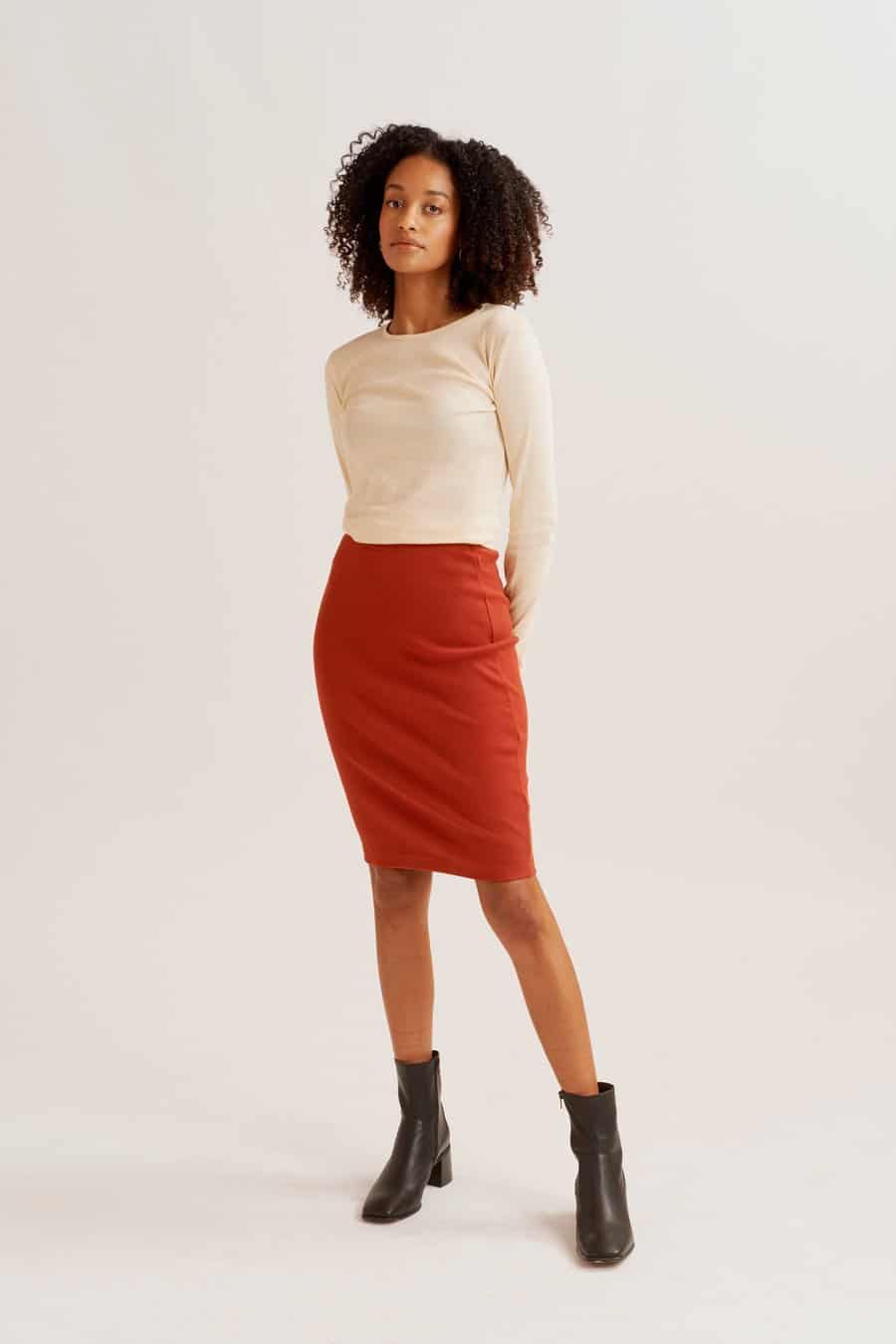

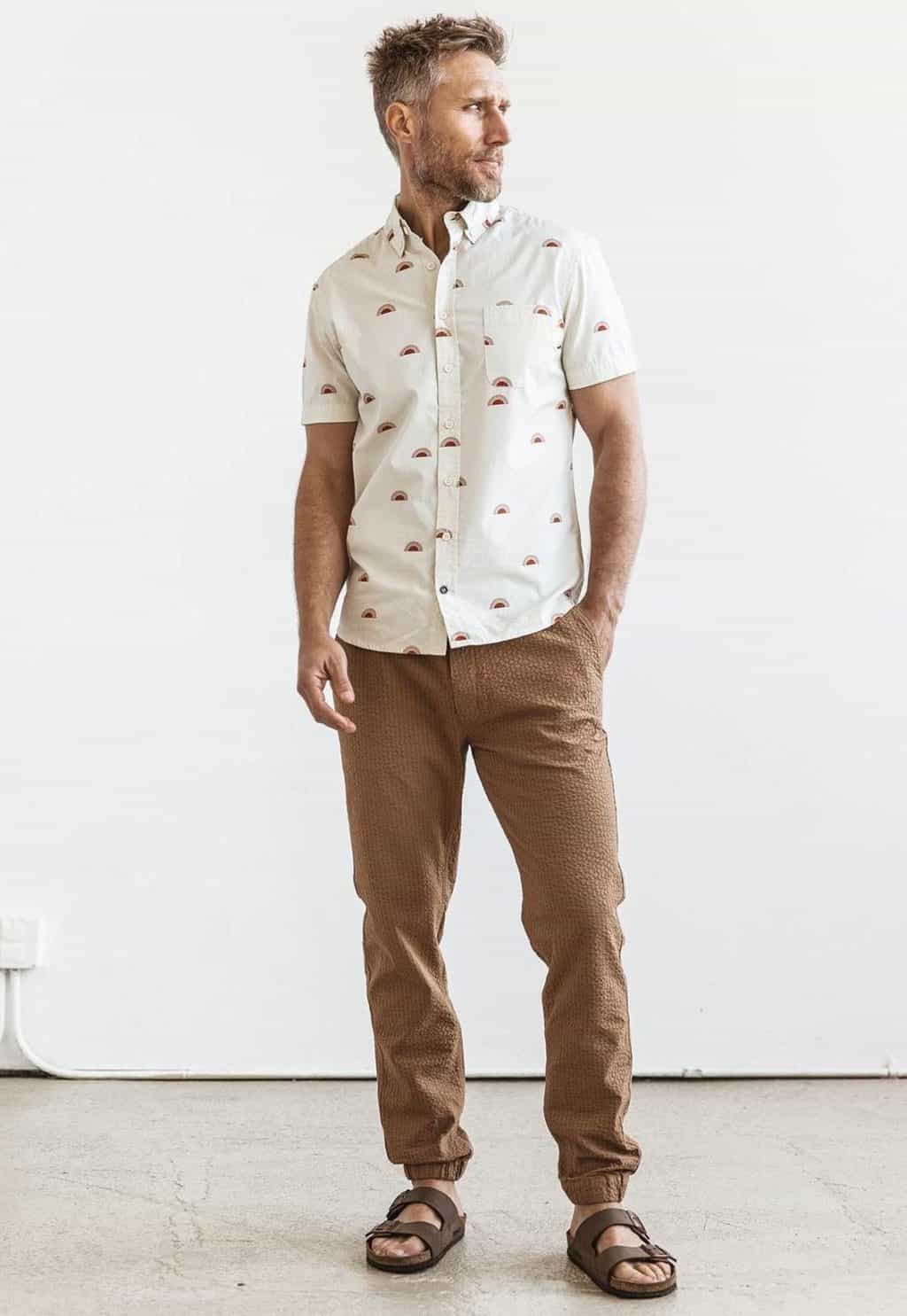

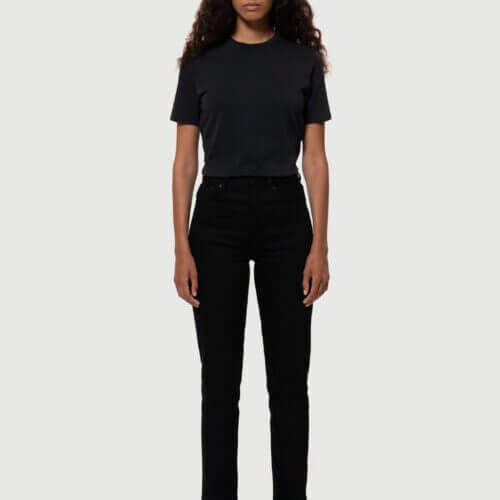
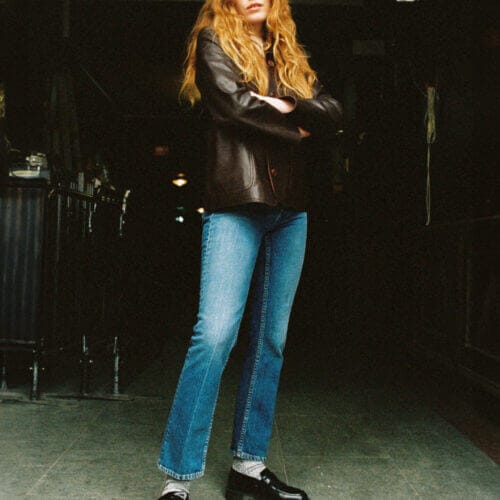
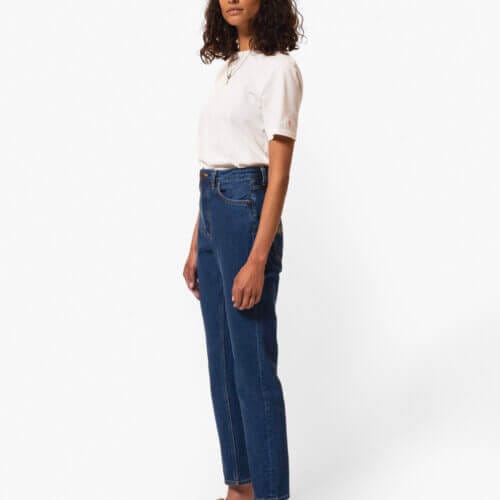
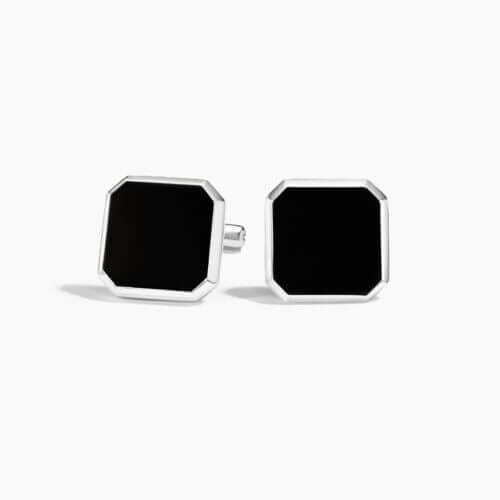

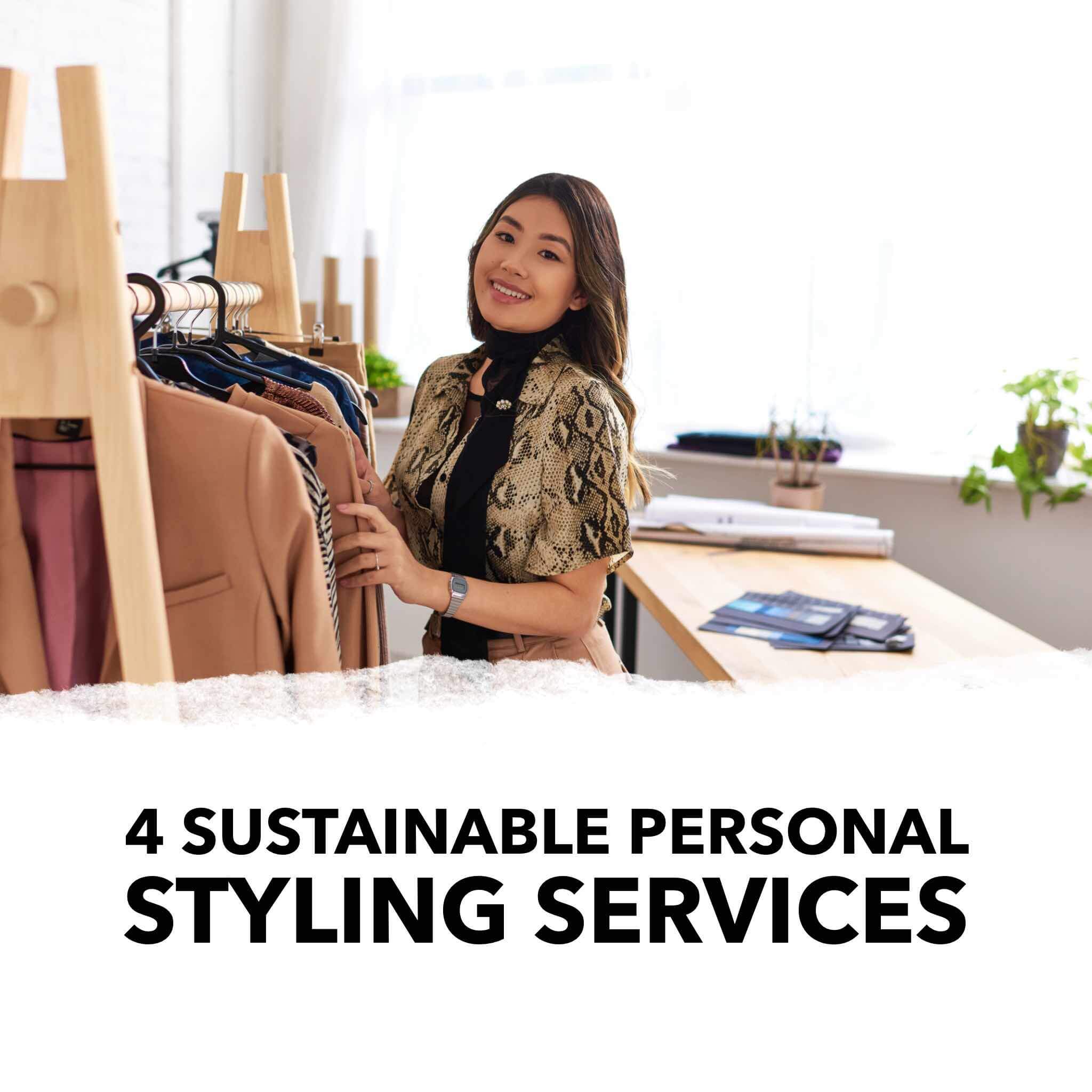

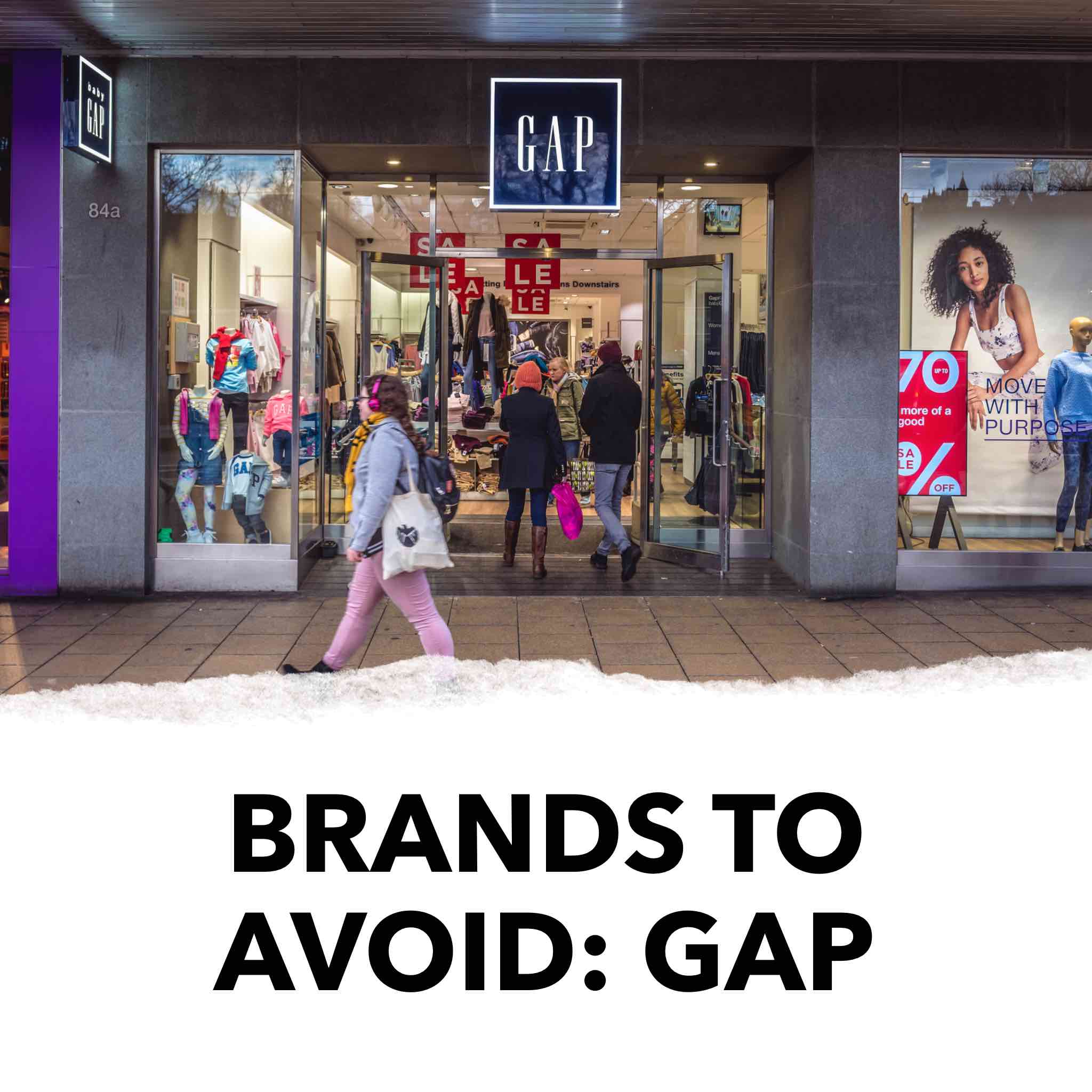
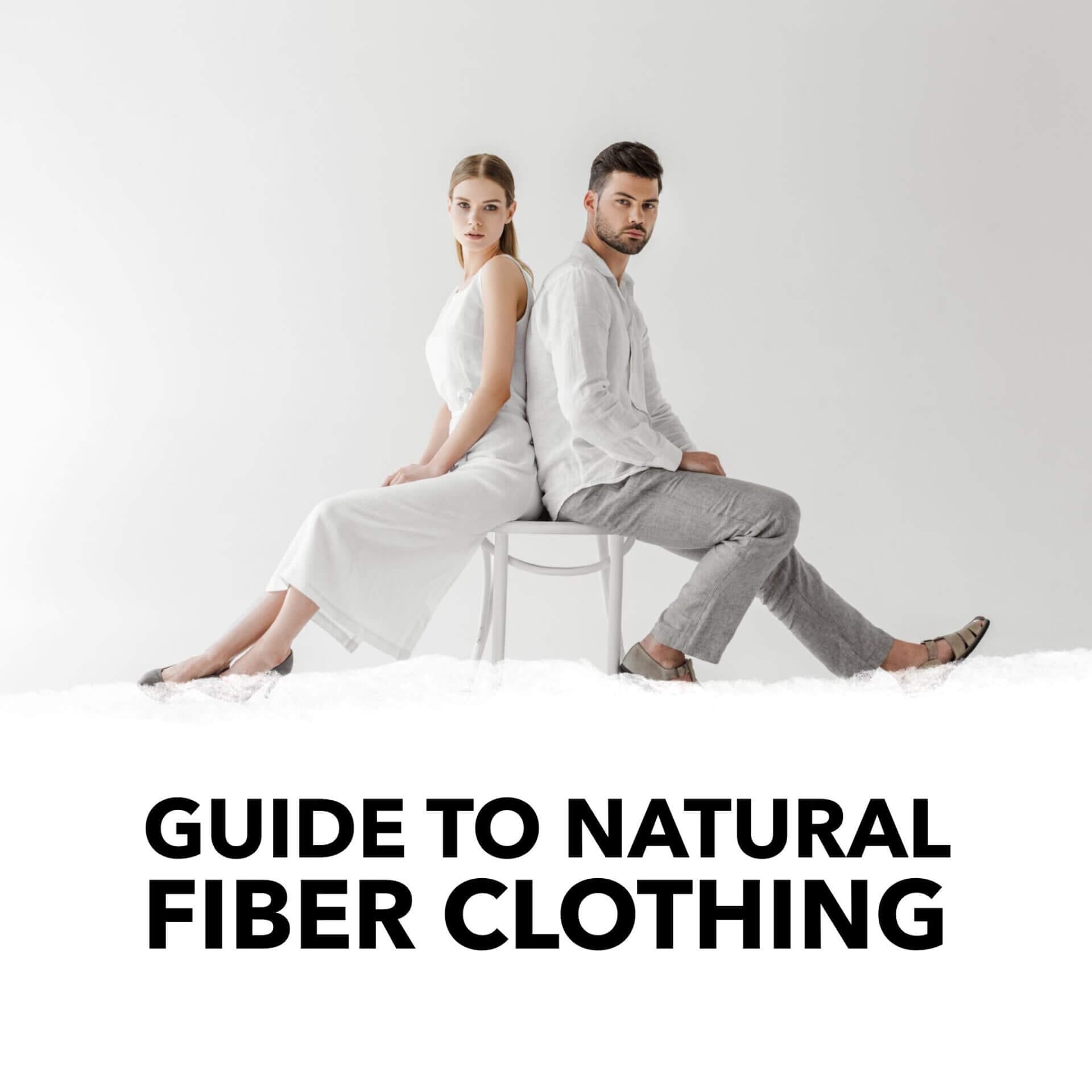
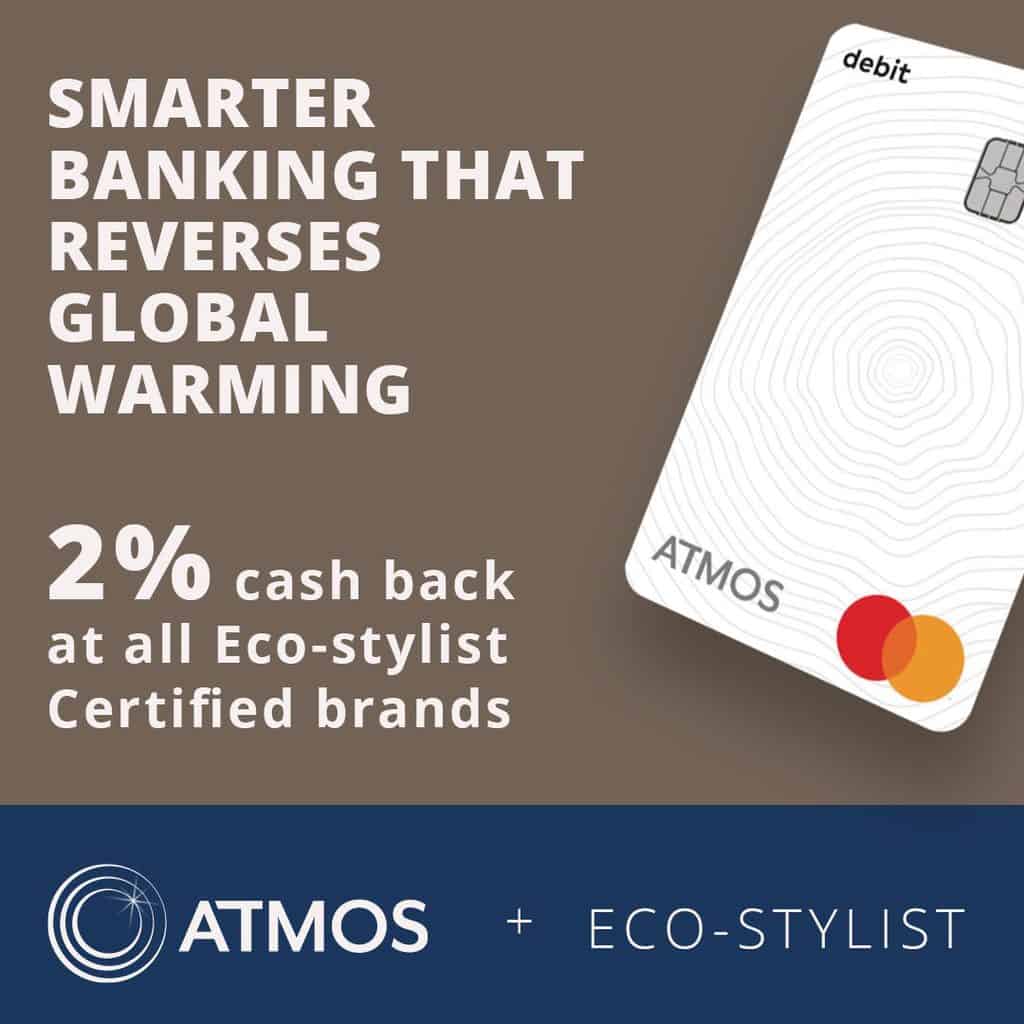
5 thoughts on “What is Sustainable Fashion and Why Should I Care?”
Love the article, check out OldYouth.co.uk they have awesome wooden sunglasses and natural fashion. They also plant 10 trees for every purchase.
This is a great article, I suggest you to read this article: http://news.unair.ac.id/en/2021/08/20/sustainable-fashion-the-right-concept-to-reduce-textile-waste/
Thanks for sharing! We agree – wearing what you have, thrifting, swapping, and repairing are all great ways to have a more sustainable closet and many of them are free or more affordable options. We promote these options regularly too on our blog and socials.
I heard a great thing recently – sustainability isn’t an “either or” conversation (example: sustainable brands vs. thrifting) – it’s a “yes and” conversation (meaning there are a variety of good and better options for different people in different circumstances). Thanks for sharing this resource here 🙂
I just stumbled on this article. It is my belief that innovation could find a more sustainable way to produce cotton products but there’s no desire due to the fast fashion market. I crave and miss cotton tops. When they can be found they are thin, expensive or both. I also firmly believe we should be buying USA materials as our concern should lie in what our workers here are earning in this industry. Also, I totally embrace the idea of so many young people seeking vintage. My son and his friends always thrift and I love that! Oh! Stop buying from Amazon! Just stop!
Thanks for sharing your thoughts! Totally agree that Amazon isn’t a very ethical or sustainable option. You might find this article interesting – we rated their Essentials collection on its sustainability: https://www.eco-stylist.com/how-ethical-is-amazon-essentials/
To your point about focusing on USA workers I have a different perspective – most fashion brands that we shop in the US are owned by Americans or Europeans and yet the vast majority of the manufacturing and production happen overseas (Bangladesh, India, Vietnam, Indonesia, China, etc.). It’s these workers who are being the most exploited (only 2% of clothing makers earn a livable wage) and having their local environment polluted by fashion (i.e. dumping chemicals in rivers). Fair wages are an important issue everywhere, including in America, but when it comes to fashion it’s a much bigger issue outside the US. People everywhere, no matter their nationality, deserve a fair wage.